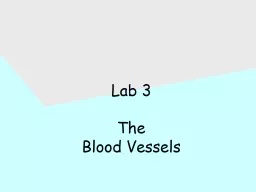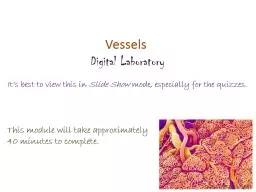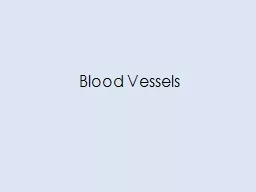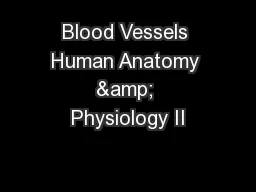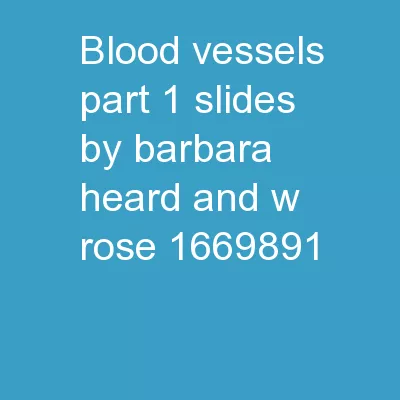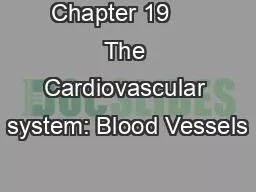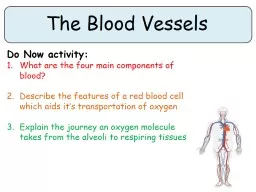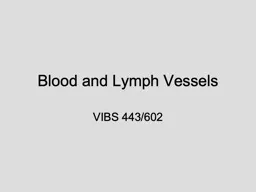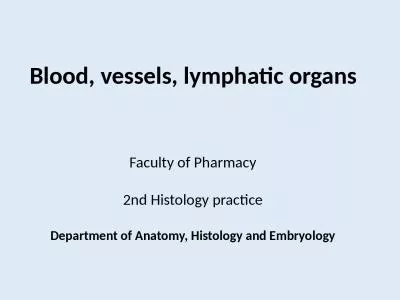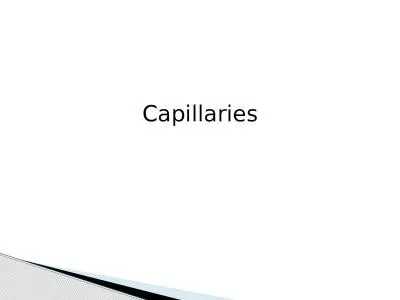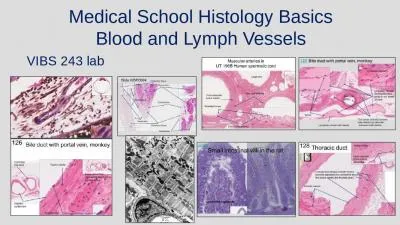PPT-Lab 3 The Blood Vessels
Author : jane-oiler | Published Date : 2018-02-27
Lab 3 Objectives Examine Slide 44 of artery vein and capillaries 45 of atherosclerosis Circulatory tree and torso models Arm blood vessels model Vessels on heart
Presentation Embed Code
Download Presentation
Download Presentation The PPT/PDF document "Lab 3 The Blood Vessels" is the property of its rightful owner. Permission is granted to download and print the materials on this website for personal, non-commercial use only, and to display it on your personal computer provided you do not modify the materials and that you retain all copyright notices contained in the materials. By downloading content from our website, you accept the terms of this agreement.
Lab 3 The Blood Vessels: Transcript
Download Rules Of Document
"Lab 3 The Blood Vessels"The content belongs to its owner. You may download and print it for personal use, without modification, and keep all copyright notices. By downloading, you agree to these terms.
Related Documents

